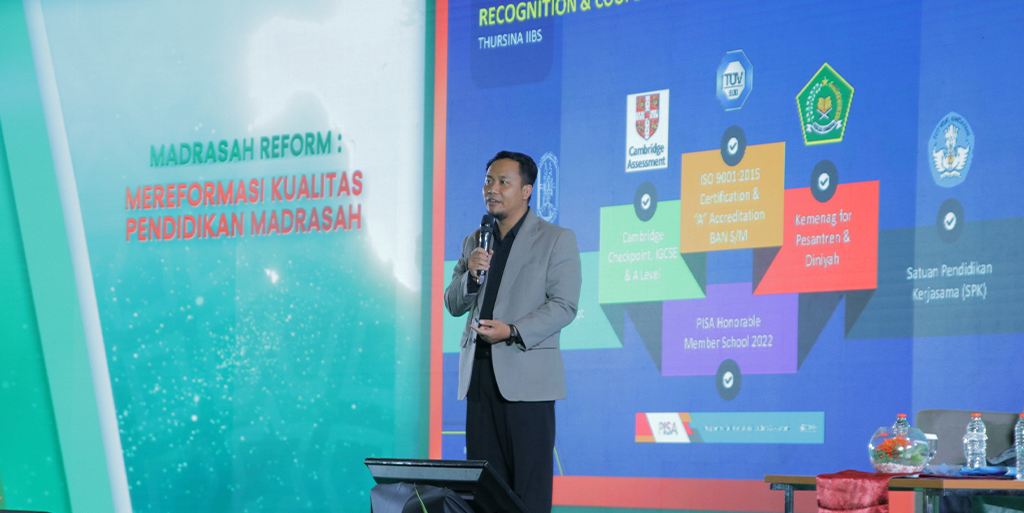Instructional Leadership to Improve School Quality: Practice of Holistic and Balanced Education in Thursina IIBS
The ability of the leadership, including in schools, will play a significant role in the development of an institution. Inversely, schools that are headed by people with poor ability will find it challenging to create an advanced and quality school. The stronger the capacity of the head of the school leadership, the better and more advanced the school will be.
The head of the school must be skilled in a number of areas, including instructional leadership. According to Eggen and Kaucak (2004), instructional leadership is a strategy used by school principals to establish a positive and productive work environment for teachers, which in turn can improve the learning environment for students. A principal can only provide instructional leadership. Because of their emphasis on learning and its promotion, instructional leaders are also known as learning leaders.
The success of the method and learning outcomes applied by teachers to their students is greatly influenced by the instructional leadership of the school principal. The principal in this situation needs to be knowledgeable about learning, methods, tactics, and learning models. Additionally, instructional leadership needs to be able to support instructors in order to raise learning awareness and improve learning achievement.
Today's effective school leadership must integrate a strong understanding of certain facets of teaching and learning with the school leadership responsibilities of teacher assessment, budgeting, scheduling, and facility upkeep. The curricular and instructional concerns that have a direct impact on student progress are closely followed by effective instructional leaders.
Principals, who are skilled at setting priorities, educated about alignment difficulties, familiar with assessments, and supportive of participants' collaborative learning and improvement efforts, are a crucial component of school improvement activities. They are the leaders who will pave the way for bettering the school and raising student accomplishment.
Leadership that focuses on implementing strategies that will improve student learning is known as instructional leadership. Seven Steps to Effective Instructional Leadership, by E. K. McEwan, 2003. Establish, implement, and uphold academic standards; serve as a staff and teacher resource for instructional strategies; foster a culture and environment that supports learning; convey the school's vision and mission; set high standards for teachers and staff; foster the development of teacher leaders; and establish and uphold positive relationships with students, staff, and parents.
The educational paradigm of holistic and balanced education is used at Thursina IIBS in order to help students reach their full potential. Through the daily worship santri program, students will adhere to the learning process (ta'lim) in its whole and in balance, the process of conditioning and the building of character/adab (ta'dib), and the process of purification of intention and self (tazkiyah). Students at Thursina are supposed to be generations of Muslims who are morally great, inspiring leaders, and worldly-aware in order to compete and firmly carry out Allah SWT's mandate as His servant and Khalifah.
The leadership style known as instructional leadership focuses all of its efforts on creating ongoing, systematic learning activities. The best ways to increase student learning and school quality are to act in accordance with the school's vision and mission, develop the curriculum in line with these goals, transform schools into learning organizations, work assiduously to make the school a successful learning organization, foster an environment where learning and innovation are valued, and manage students to maximize their potential.
Rois Haqiqi
Principle of Academic Thursina International Islamic Boarding School
